
Gotthelf Fischer von Waldheim was a Saxon anatomist, entomologist and paleontologist.
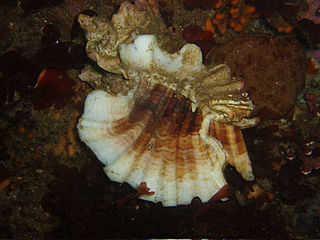
Ocenebrinae is a taxonomic subfamily of predatory sea snails, marine gastropod mollusks. This subfamily is within the large family Muricidae, which are commonly known as the murex and rock snails.

Tulip snail or tulip shell is the common name for eight species of large, predatory, subtropical and tropical sea snails from the Western Atlantic. These species are in the genus Fasciolaria. They are marine gastropod mollusks in the family Fasciolariidae, the spindle shells, tulip shells and their allies.

Xenophora, commonly called carrier shells, is a genus of medium-sized to large sea snails, marine gastropod mollusks in the family Xenophoridae, the carrier snails or carrier shells. The genus Xenophora is the type genus of the family Xenophoridae.
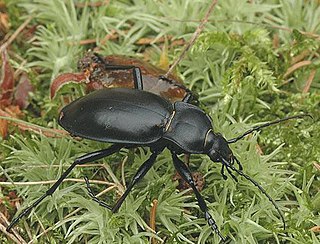
Carabus is a genus of beetles in family Carabidae. The genus is highly diverse with 94 subgenera, 959 species and 2300 subspecies, thus is the largest genus in the subfamily Carabinae. The vast majority are native to the Palearctic, but 16 Nearctic species are also known. Carabus spp. are 12–50 mm (0.47–1.97 in) long, and most species are wingless and often very colourful. These are nocturnal, predatory beetles that feed on snails, earthworms, and caterpillars. Most Carabus species were thought to have inhabited the Eurasian forest, but the species' low dispersal abilities altered the distribution of lineages within the genus.

The Gryphaeidae, common name the foam oysters or honeycomb oysters, are a family of marine bivalve mollusks. This family of bivalves is very well represented in the fossil record, however the number of living species is very few.

Broscus is a genus of ground beetle native to the Palearctic, the Nearctic, the Near East and North Africa. It contains the following species:

Cymindis is a genus of ground beetle native to the Palearctic, the Near East, and North Africa. It contains the following species:
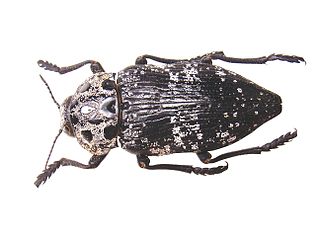
Capnodis is a genus of beetles in the family Buprestidae, containing the following species:
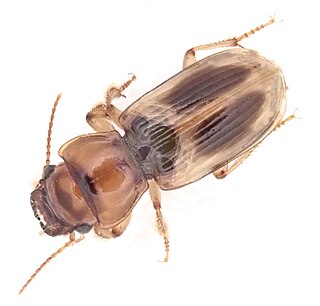
Daptus is a genus of beetles in the family Carabidae first described by Fischer von Waldheim in 1823.
Cymindis binotata is a species of ground beetle in the subfamily Harpalinae. It was described by Fischer Von Waldheim in 1820.
Cymindis lateralis is a species of ground beetle in the subfamily Harpalinae. It was described by Fischer Von Waldheim in 1820.
Cymindis macularis is a species of ground beetle in the subfamily Harpalinae. It was described by Fischer Von Waldheim in 1824.
Cymindis ornata is a species of ground beetle in the subfamily Harpalinae. It was described by Fischer Von Waldheim in 1823.
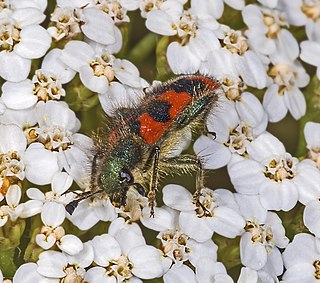
Trichodes is a genus of checkered beetle belonging to the family Cleridae, subfamily Clerinae.
Elaphrus splendidus is a species of ground beetle in the subfamily Elaphrinae. It was described by Fisher von Wandheim in 1829.
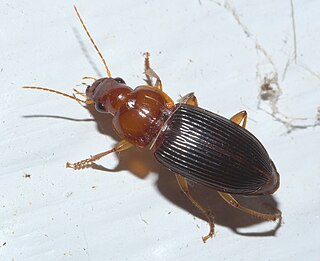
Harpalini is a tribe of a diverse group of ground beetles belonging to the subfamily Harpalinae within the broader family Carabidae. The tribe contains more than 1,900 species.











